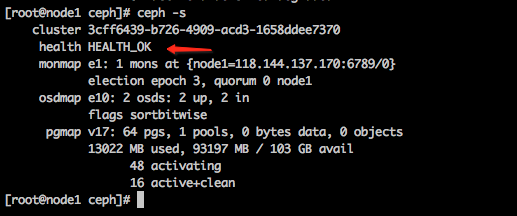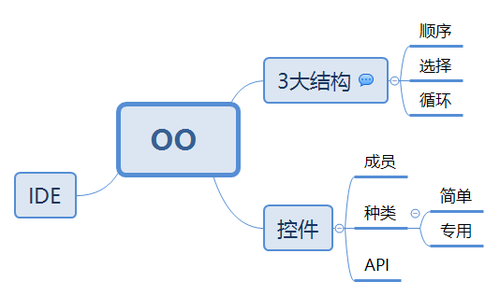如何在Java中实现多线程编程实例
在Java中实现多线程编程可以通过多种方式,以下是一些常见的方法:
1.继承Thread类创建一个类继承Thread类,并重写run()方法。
```javaclass MyThread extends Thread {
public void run() {
//线程执行的代码 System.out.println(“线程运行中…”);
}
}
public class ThreadExample {
public static void main(String[] args) {
MyThread t1 = new MyThread();
t1.start(); //启动线程 }
}``###2. 实现Runnable接口创建一个类实现Runnable接口,并实现run()方法。然后可以将Runnable对象传递给Thread`的构造器。
```javaclass MyRunnable implements Runnable {
public void run() {
//线程执行的代码 System.out.println(“线程运行中…”);
}
}
public class ThreadExample {
public static void main(String[] args) {
MyRunnable myRunnable = new MyRunnable();
Thread t1 = new Thread(myRunnable);
t1.start(); //启动线程 }
}``###3. 使用ExecutorServiceExecutorService`是一个更高级的线程池接口,可以管理多个异步任务。
```javaimport java.util.concurrent.ExecutorService;
import java.util.concurrent.Executors;
class MyRunnable implements Runnable {
public void run() {
//线程执行的代码 System.out.println(“线程运行中…”);
}
}
public class ThreadExample {
public static void main(String[] args) {
ExecutorService executor = Executors.newFixedThreadPool(2); // 创建固定大小的线程池 executor.execute(new MyRunnable()); // 提交任务 executor.shutdown(); // 关闭线程池 }
}``###4. 使用Callable和FutureCallable接口与Runnable类似,但它可以返回值和抛出异常。Future对象可以用来获取Callable`任务的结果。
```javaimport java.util.concurrent.Callable;
import java.util.concurrent.ExecutorService;
import java.util.concurrent.Executors;
import java.util.concurrent.Future;
class MyCallable implements Callable
public Integer call() {
//线程执行的代码 System.out.println(“线程运行中…”);
return123;
}
}
public class ThreadExample {
public static void main(String[] args) throws Exception {
ExecutorService executor = Executors.newFixedThreadPool(2);
Future
executor.shutdown();
}
}
```###5. 使用Lambda表达式简化Java8及更高版本可以使用Lambda表达式简化线程的创建。
```javaimport java.util.concurrent.ExecutorService;
import java.util.concurrent.Executors;
public class ThreadExample {
public static void main(String[] args) {
ExecutorService executor = Executors.newFixedThreadPool(2);
executor.execute(() -> {
System.out.println(“线程运行中…”);
});
executor.shutdown();
}
}
```这些是Java中实现多线程编程的一些基本方法。每种方法都有其适用场景,可以根据具体需求选择使用。



































还没有评论,来说两句吧...